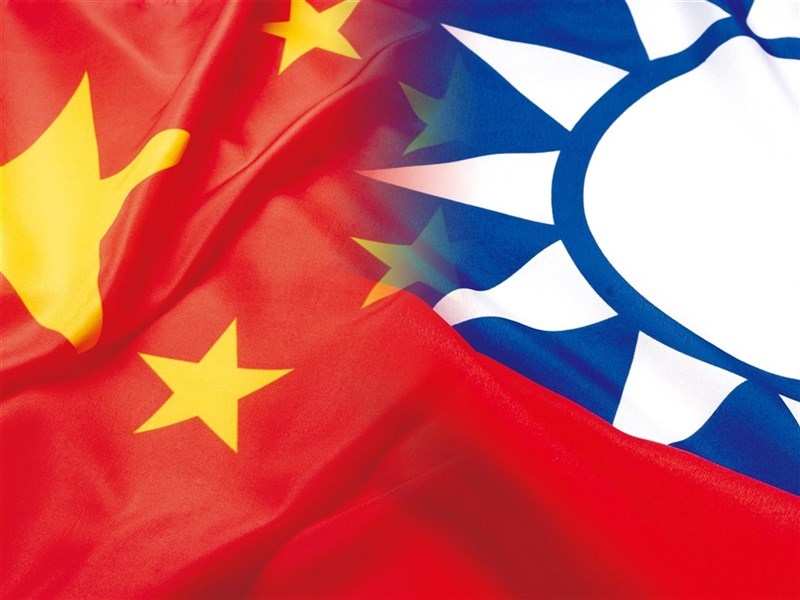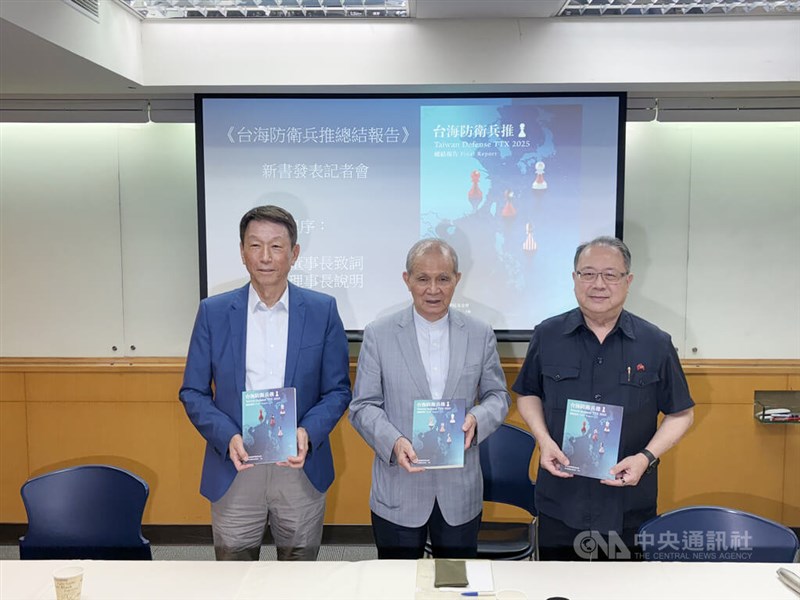
Taipei, Sept. 26 (CNA) Eastern Taiwan may no longer serve as a reliable buffer against Chinese attacks, two experts said Friday after a recent tabletop exercise found it may no longer be able to fulfill its traditional role, and they urged strengthening defenses in the region.
The exercise, which simulated major Chinese military escalations around Taiwan in 2030, concluded that Taiwan's eastern region could no longer be considered a secure strategic barrier, according to a report released Friday.
"Consideration should be given to building effective capabilities on the east coast to counter a sudden attack [from the People's Republic of China (PRC)]," the report stated, summarizing the findings of the exercise conducted in June by three local NGOs.
The exercise used a scenario that "challenged conventional assumptions," said Alexander Huang (黃介正), chairman of the Council on Strategic and Wargaming Studies (CSWS), which co-hosted the exercise.
It assumed that the People's Liberation Army (PLA) would seize the Penghu Islands in the Taiwan Strait and attack from Taiwan's lightly defended eastern region, Huang said.
The scenario exposed the lack of depth and vulnerability of the defenses in eastern Taiwan, as the country's military -- mostly based in the west -- was unlikely to be deployed eastward if the Penghu Islands were at risk, Huang said.
That tendency is compounded by a preference by Taiwanese allies for defending northern Taiwan, Huang said, without identifying the allies he was referring to.

While acknowledging the importance of bolstering the country's defenses in eastern Taiwan, former Chief of the General Staff Lee Hsi-min (李喜明) said redeploying forces eastward was complicated by the PLA's evolving capabilities.
Stationing more aircraft in Hualien County at Chiashan Air Force Base could be risky because the PLA has developed the capability to launch cruise missiles from submarines or bombers from waters or air space off the coast of eastern Taiwan, Lee said.
On the naval front, Lee said, the growing strength of China's naval forces has now cast doubt on Taiwan's long-held strategy of redeploying naval vessels eastward into the Pacific in wartime.
The strategy was conceived to help vessels avoid attacks, preserve combat power for counterattacks, and create a dispersed force posture to enhance resilience.
Today, however, if vessels were deployed eastward, they might run into PLA carrier groups lying in wait for battle or encounter PLA naval forces on the journey, leaving them no opportunity to counter a potential PLA amphibious landing, he said.
Instead of redeploying naval vessels eastward into the Pacific, Lee suggested stationing them near Taiwan's eastern coast, where land-based air defense missiles could provide protection.
At the same time, shore-based anti-ship missiles could threaten PLA naval forces, and anti-submarine aircraft could target PLA submarines, allowing Taiwan's navy to operate effectively, Lee contended.
- Society
Hualien quake causes brief transport delays, CWA warns of aftershocks
12/08/2025 09:50 PM - Society
- Business
Chiayi City to submit NT$6,000 cash handout plan for council review
12/08/2025 09:16 PM - Society
CWA forecasts heavy rain Tuesday, temperature drop to 10°C over weekend
12/08/2025 09:13 PM - Society
Taiwan forms clinical trial alliance to accelerate access to new medicines
12/08/2025 09:07 PM